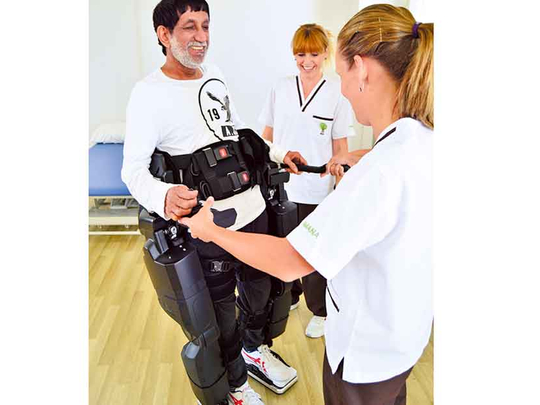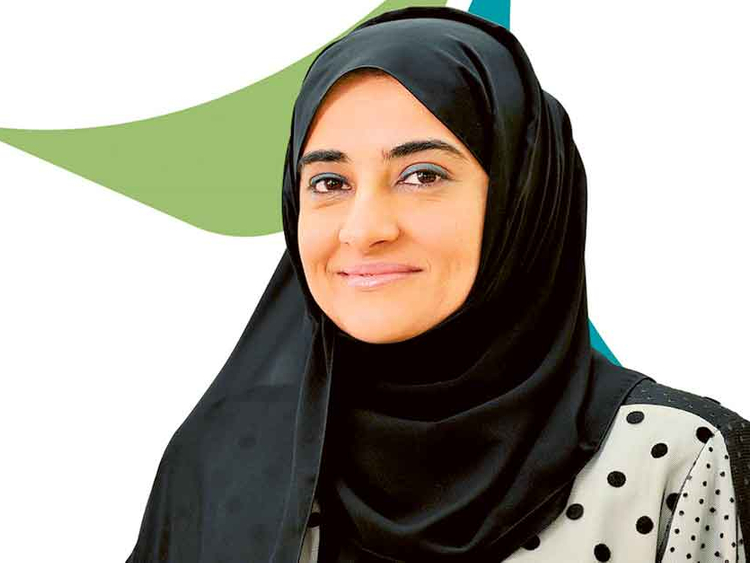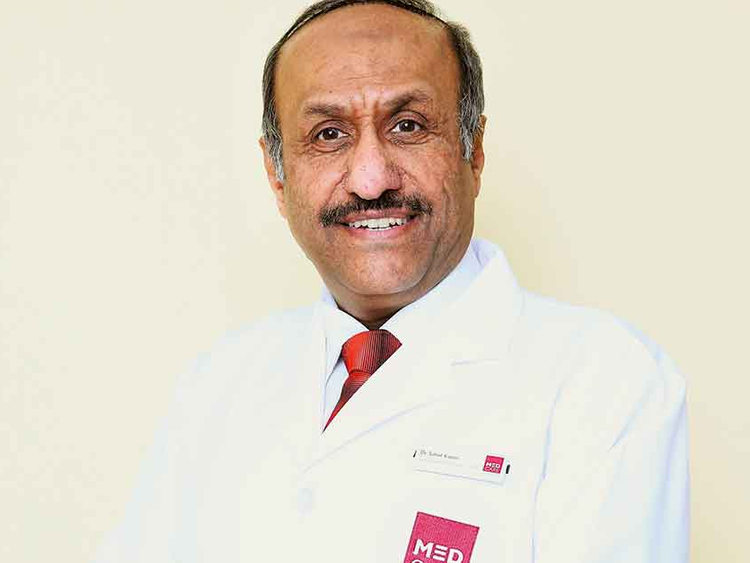
Telemedicine
Amani Al Jassmi, Director of Information Technology, Dubai Health Authority
“Telehealth is a boon, especially in emergency cases where time is critical when saving a patient’s life,” says Amani Al Jassmi, Director of Information Technology at Dubai Health Authority. “It provides immediate access to consultation with specialists. In fact, through the robot, doctors can consult with two or more specialists in different health facilities at the same time.
“As part of a pilot project, a robot has been placed in Hatta Hospital’s emergency department and is linked to Rashid Hospital’s Trauma Centre. Multiple specialists from the Trauma Centre can provide immediate consultations for a patient in Hatta Hospital. Thus, the RoboDoc reduces transfer of patients to Rashid Hospital’s Trauma Centre, while enhancing the function of DHA’s emergency departments and ICUs.
“In the future, for example, doctors from Hatta Hospital will be able to consult with a neurologist from Rashid Hospital and a cardiologist from Dubai Hospital at the same time. Through this technology we are cutting down on time-lapses, providing the patient with immediate access to specialised healthcare, improving medical efficiency and improving the happiness index of our customers.”
Patient care
Lulu Hamdan, Healthcare Technology Specialist, Amana Healthcare
“At Amana Healthcare, we use robotics to complement the three-to-five-hour daily, customised physiotherapy programmes for our patients. We utilise the Rex Bionics device, a self-supporting and self-balancing exoskeleton that allows people with severe mobility impairments, for example, people in a wheelchair after a spinal injury, to walk independently.
“The device can help people with a wide range of neurological conditions including stroke, spinal cord injuries, multiple sclerosis, muscular dystrophy and other neurological disorders. Aside from the health benefits of improving their blood circulation, heart, digestive system and lungs, it’s proven to help improve one’s mood and sleep.
“We also use artificial intelligence in the form of an eye-tracking device, Eye-gaze, which allows users to communicate and interact with the world by using algorithms to calculate the patient’s eye-controlled systems.
“The device uses sensors to track eye movement, which is a form of rehabilitation exercise while simultaneously having the users look at control keys or cells displayed on the screen to generate speech either by typing a message or selecting pre-programmed phrases.
“Eye-gaze can transform a person — simply because it encourages the individual to have a voice, express opinions and preferences, and communicate on a global level if they desired. For patients suffering from locked-in syndrome, a condition where the body and most of the facial muscles are paralysed, but the brain remains intact allowing ability for certain eye movements, Eye-gaze is a solution for connecting with the outside world.”
The future
Dr Suhail M. Kazim, Consultant General Surgeon, and Medical Director, Medcare
“We currently do not use robotics and artificial intelligence at Medcare, though they are definitely in the pipeline.
“Emerging trends in the fields of urology and orthopaedic treatment emphasize patient-specific solutions using technology to improve accuracy and decrease human errors to help patients get well soon.
“The next evolution in urology and orthopaedics involves robotics, computer-assisted surgeries, navigation devices and software for selection of the right implants. Innovative concepts and surgical techniques provide quicker recovery times.”















